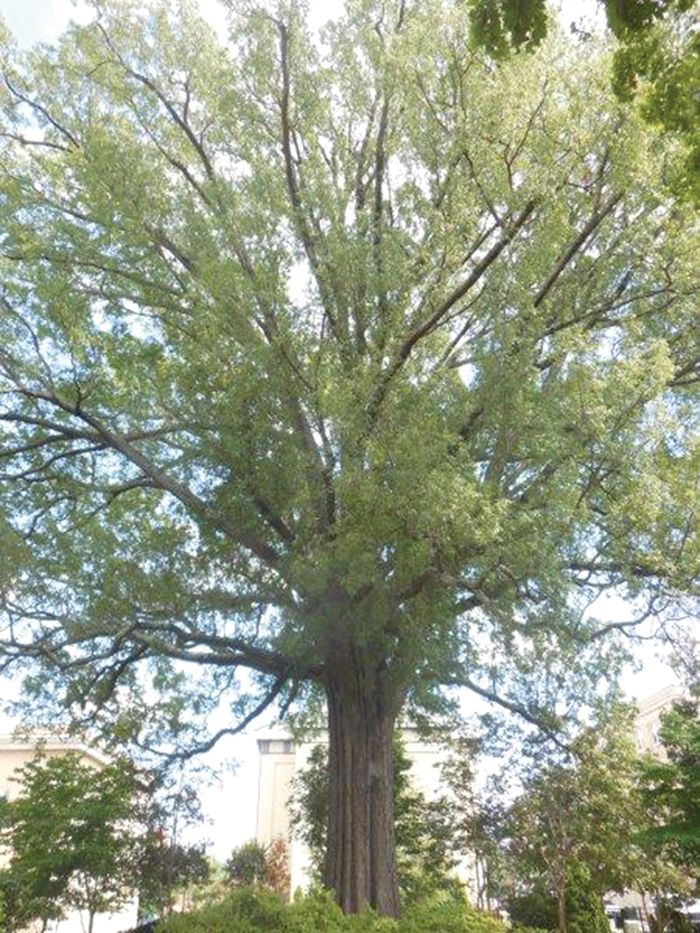What is a tree canopy and why should I care?
Published 12:00 am Friday, March 29, 2019

- Submitted photo A tree canopy is the percentage of area covered by leaves and limbs. More is better.
By Mark Martin
City of Salisbury ISA Arborist
What is a tree canopy?
Canopy refers to the coverage amount of leaves and limbs that a single tree or group of trees cover. This amount is usually expressed in percentages. For example, the North Carolina Forest Service estimated Salisbury’s tree canopy at 35 percent in 2012 meaning that percent of the city is shaded by trees.
Why is this information important to me?
Although this is not a complete list, here are three major categories that should help explain the importance of tree canopies.
Economic benefits include reducing heating and cooling costs, increasing property values, supporting green industry jobs, supplying wood based products and beautifying gray infrastructure in order to attract more businesses.
Environmental benefits include improving air quality and filtering of pollutants, reducing flooding, less storm water runoff and improving water quality, reducing urban “heat island” effects, supporting wildlife populations and overall biodiversity and reducing ultraviolet radiation levels.
Social benefits include public health and well-being, attractive and shaded outdoor spaces to live and play, revitalize neighborhoods, strengthen community engagement, supply food in the form of fruit and nuts, and give a sense of peace and tranquility.
What percentage is considered healthy for my town or city?
This can be a very tricky question because most cities and towns are so different. The first step is how we come up with that canopy percent number. Comprehensive tree inventories focus on how healthy and diverse our canopies are from the ground up. Satellite images from the National Land Cover Database can be a helpful tool and is free to use. Aerial photography can also be a free, useful tool to capture tree coverage. Computer programs like i-Tree can be helpful in putting this information into a useful form by quantifying the benefits and values of trees. So what percentage is considered healthy for Salisbury, North Carolina? Salisbury’s tree canopy was at 35 percent in 2012 after looking at this data that number is considered border line and would not take much to tip this percentage out of place.
What can one person do about these issues?
The short term answer is to plant and preserve more trees. The long term answer may be to get involved with organizations like the Arbor Day foundation, the North Carolina Urban Forest Council, local and state organizations or local tree boards to help preserve trees for future generations to enjoy.
https://rowan.ces.ncsu.edu/, https://www.arborday.org/, www.ncufc.org/, https://www.isa-arbor.com/



